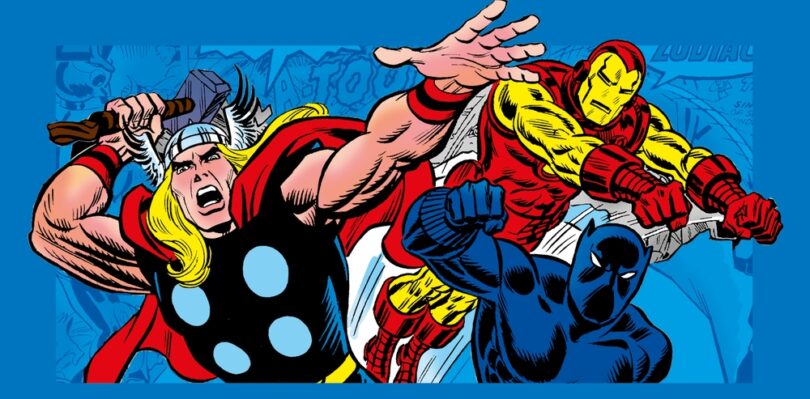
We all have that one comics run that got us into comics. That one series that sticks with you no matter how long its been. For Paul Cornell, writer of Bloomsbury’s The Mighty Avengers vs. the 1970s, it was The Avengers in – you guessed it – the 1970s. And in his new book, Cornell takes us through these comics and tells us why he still loves them today.
Cornell analyses the Avengers comics in an enticing manner, his love for these books oozing off the page. The book is split up into chapters based on the different writers who worked on The Avengers in the 70s. In addition to discussing the writers themselves, and in turn providing a unique lens to view Marvel’s history through, Cornell also explains how The Avengers related to the wider world of America in the 1970s. He brings up how the politics of the time seeped into the pages, whether it was the influence of Second-Wave Feminism, metaphors for mixed-race relationships, or even outright criticisms of the current administration.
One of my favourite of Cornell’s takes is about Wanda and Vision’s romance, which blossomed under writer Roy Thomas and continues even today. While Wanda and Vision are a mutant and android respectively, and not humans with different skin tones, their teammates’ reactions to the relationship make the intent of the metaphor clear. I loved learning more about Wanda through the 70s and how she evolved and changed as a character.
There were also plenty of firsts in the 70s. Perhaps the most important is the Kree/Skrull War – Marvel’s first “event”. Cornell explains the how this epic tale grew into existence, and how it still continues to impact Marvel storytelling to this day. Other innovations at the time include Giant-Sized issues, the introduction of Mantis, and the re-introduction of Patsy Walker, all of which have interesting backstories both inside the comics and out.
In writing about the writing of others, Cornell’s own tics are revealed – the word “tic” being one of them. He uses it as a way to describe the writers’ subconscious tendencies, although reading between the lines, I think many were deliberate stylistic choices. Cornell himself has a meandering style that feels like talking to a fan wandering the floor at comic con. A lot of “we’ll get to the that later” winks and nods (which do pay off). His skill for pinpointing not just issues but singular panels help bring his arguments to life. To hear Cornell tell it, the pages of The Avengers hold the beating heart of 70s America within them.
My main criticism of the book is that the chapters don’t have any subheadings. They are divided logically by author in chronological order. However, this means that topics are often touched on multiple times or run into each other at points. Subheadings within the chapters would have helped make it more organised. That said, Cornell’s prose is easy to follow and has the flow of natural speech.
Perhaps this is why the Greatest Filler Issue chapter stands out. As he is only discussing a single issue – Avengers #178 – the writing is more focused and less meandering. It is clear that this issue holds a special place in Cornell’s heart – perhaps even revealing Beast as his favourite character. In fact, Cornell wrote about it with such gusto that I actually took the time to pull up this issue in Marvel Unlimited and it is certainly distinct.
The Mighty Avengers vs. the 1970s reminds us why we fall in love with comics in the first place — not just for the heroes, but for the eras and emotions they capture.
The Mighty Avengers vs. the 1970s is available now on Amazon.
About the author
David Molofsky
David is the Founder & Editor-in-Cape of AP2HYC.




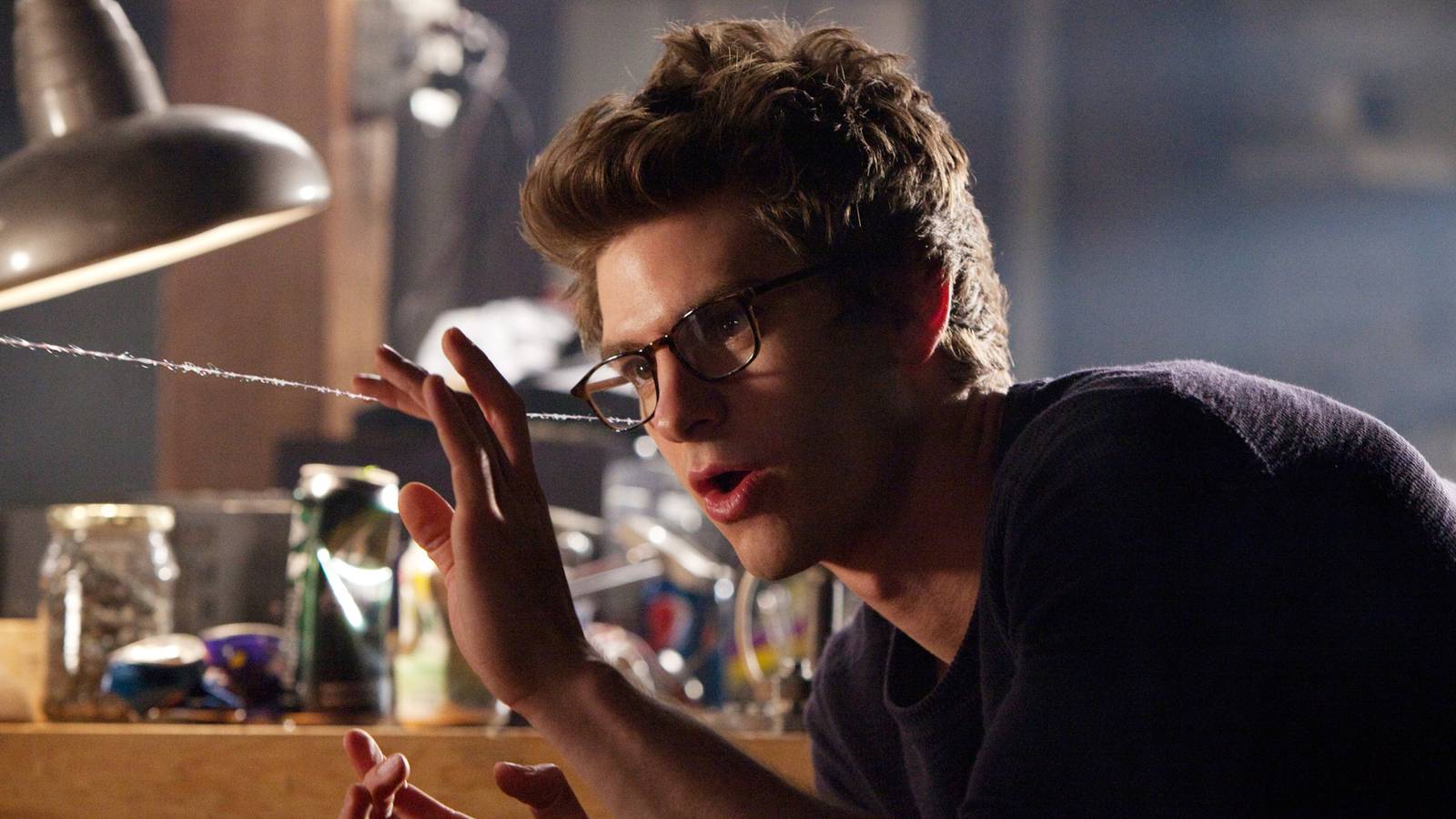



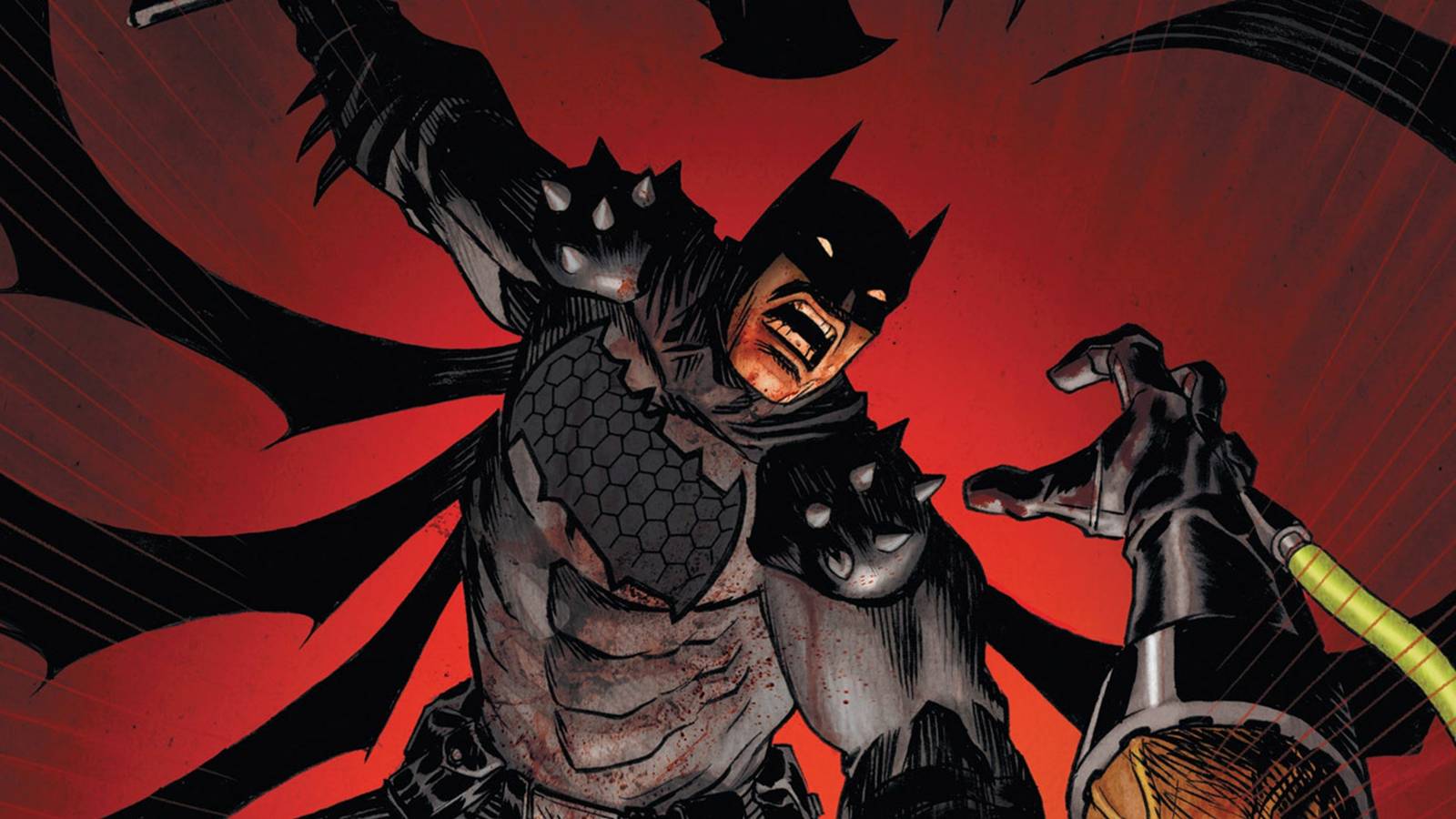

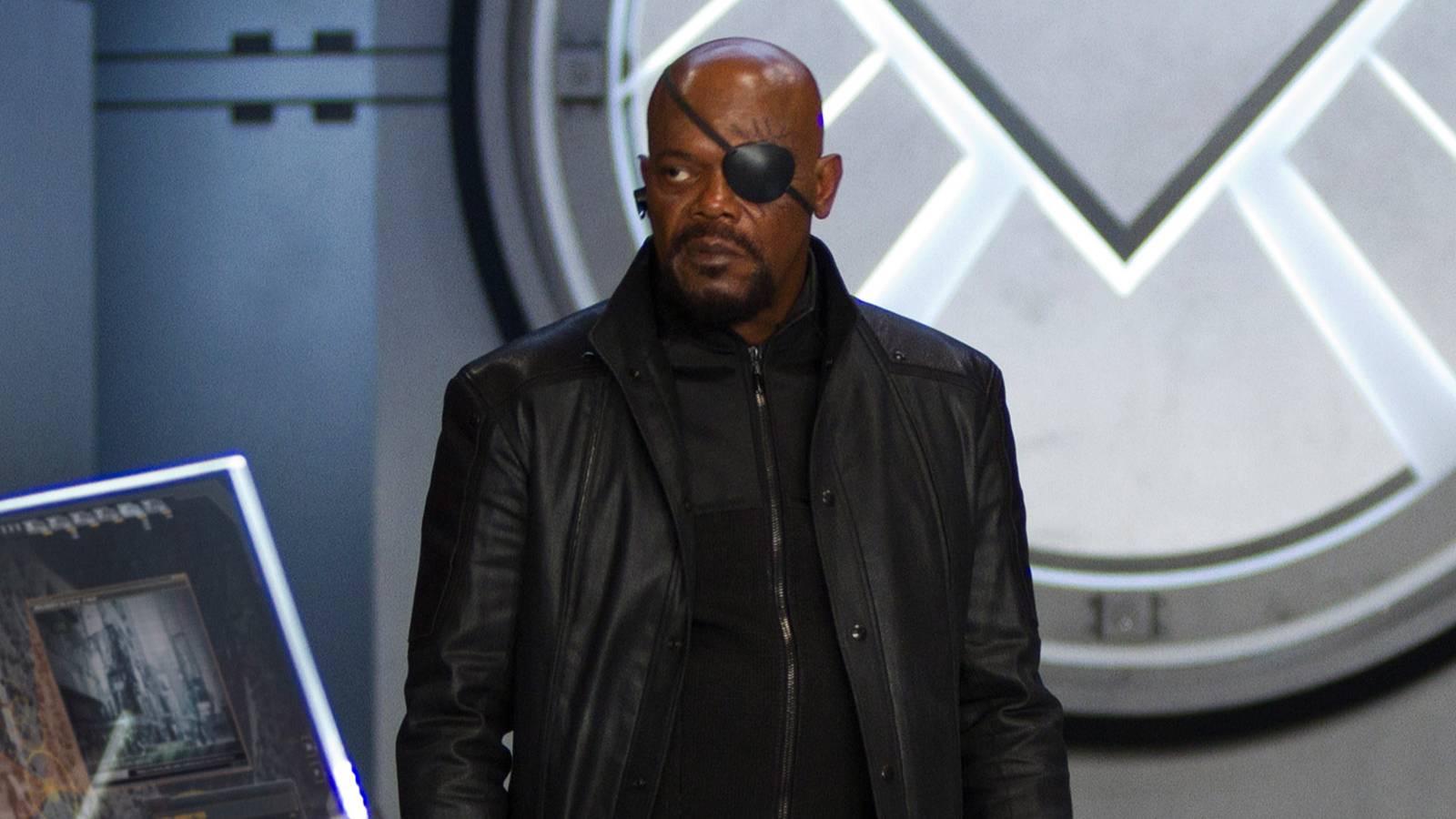



![Ghost of Yōtei First Impressions [Spoiler Free]](https://attackongeek.com/wp-content/uploads/2025/11/Ghost-of-Yotei.jpg)


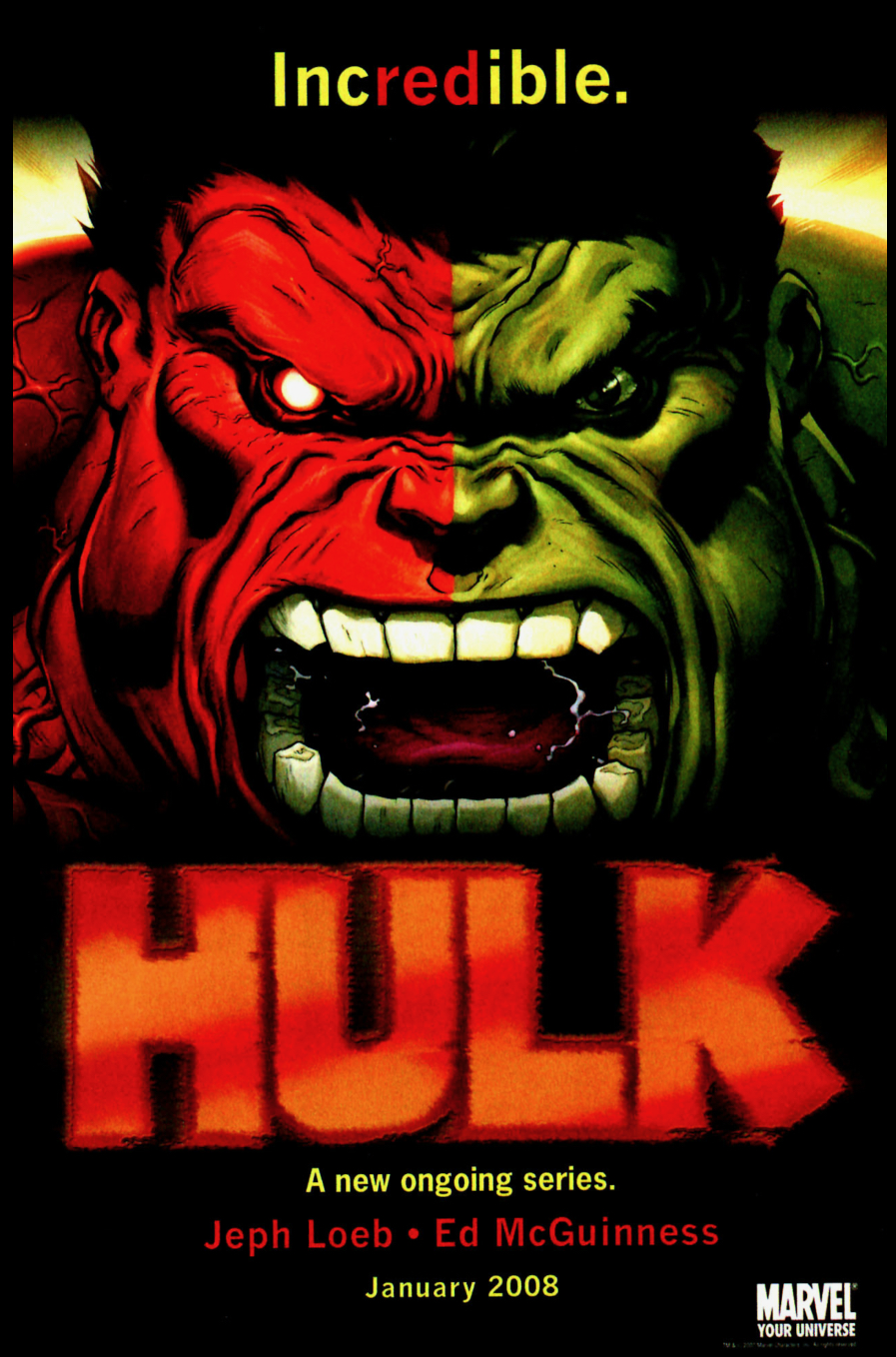
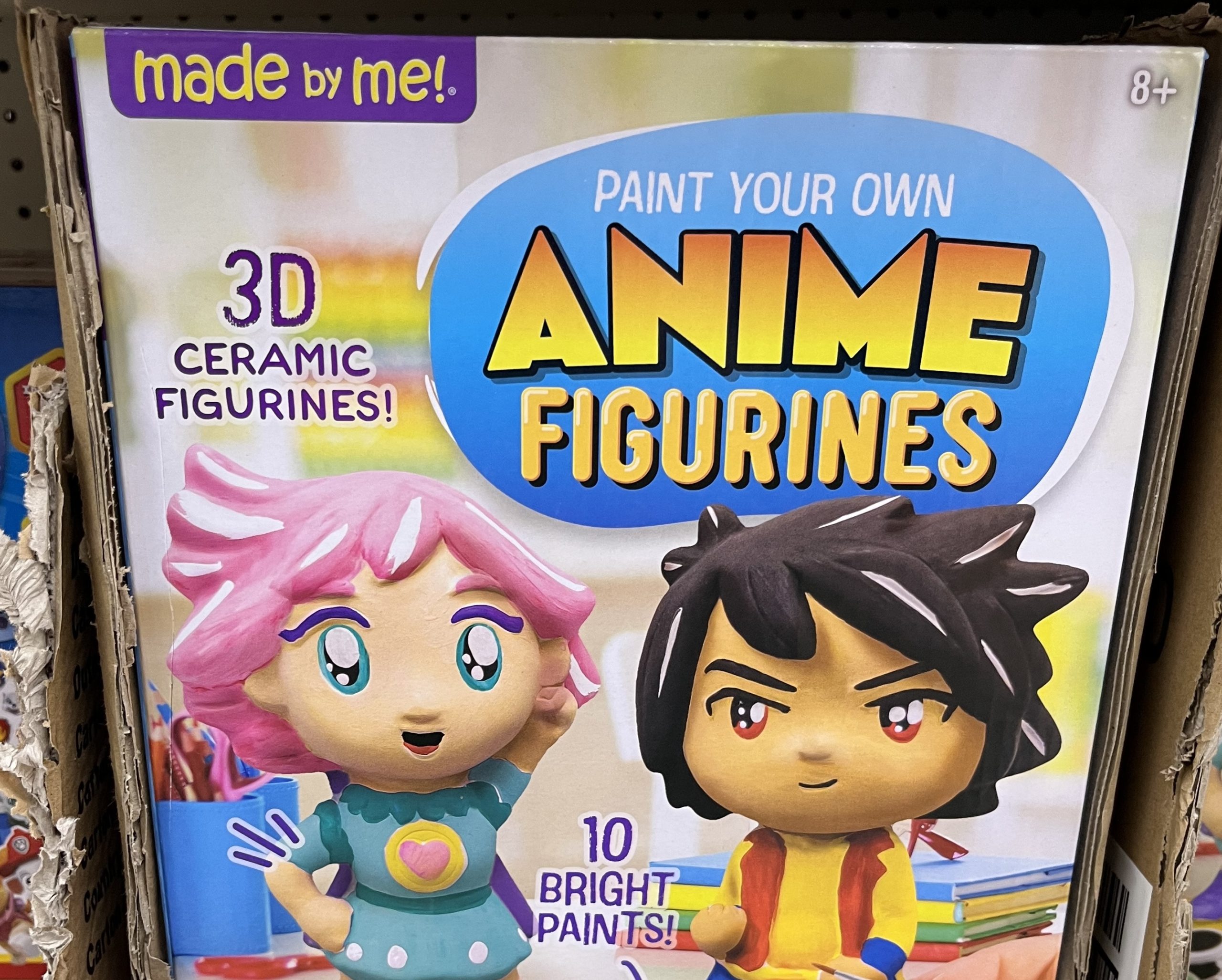
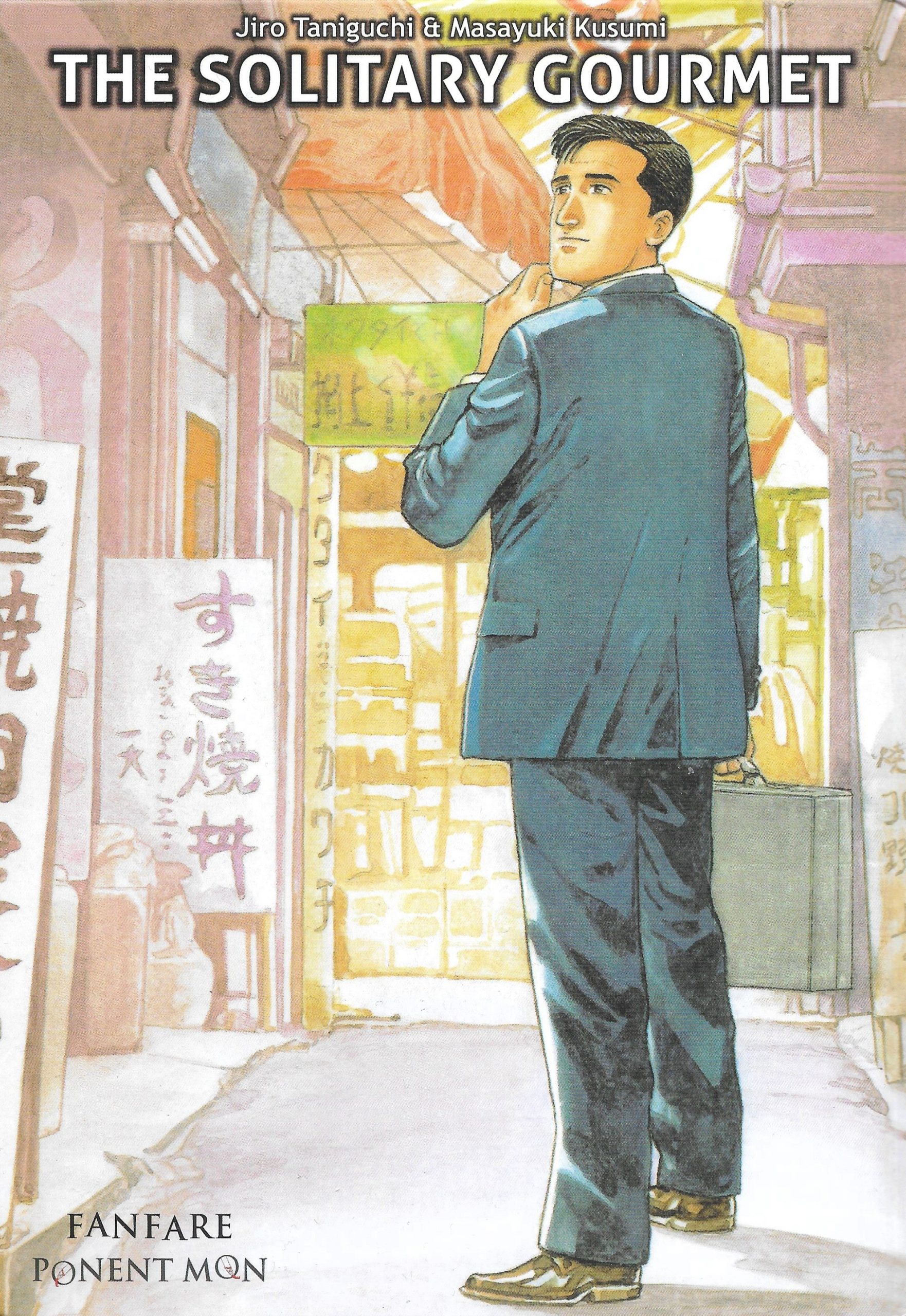
 English (US) ·
English (US) ·